I had wanted to go in the Luxembourg Palace for some time, so naturally it made it to the top of my list for my next chance to attend the Journées du Patrimoine. Knowing this was one of the hottest Paris desitnations to visit during this two-day event, I decided to arrive well in advance of opening time. When I arrived, the line was all the way down the fence on rue de Medicis (in other words, already at least 300-people long), but what can you do?! So I queued up over 30 min before opening and snacked on a croissant while I was standing there. When the doors opened, the line moved surprisingly quickly, so, as far as long queues go, this one was really not that bad. The fall sun was shining down on us and the views of the Palace and parts of the garden helped ease the pain of the wait.
As we stood in line alongside the building, we had time to contemplate the history of this place. So often when I’m there, rather than focusing on the building, I’m looking at the flowers, admiring the Medici Fountain, people watching, or spying on a pétanques game. But, just like all the other monuments in Paris, this place has an interesting history. The palace was built in 1625 and then redone by Napoleon Bonaparte, at which point it became Le Sénat, becoming a seat of government. Before that it served as a royal residence and, like many other spectacular Parisian monuments, a prison during the revolution.
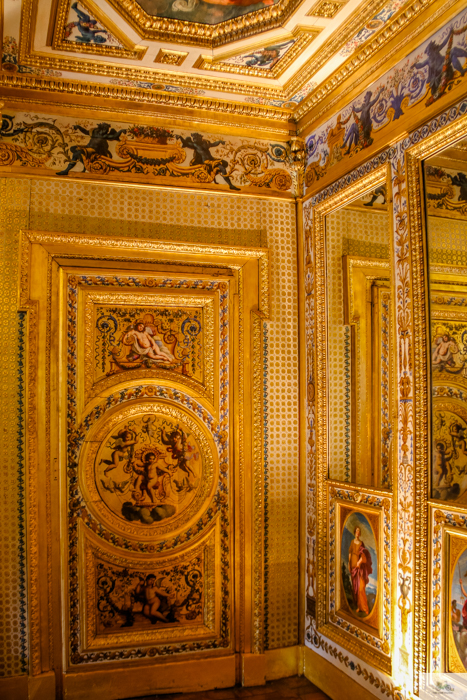
Fun Fact #1: The Senate library holds over 450,000 books.
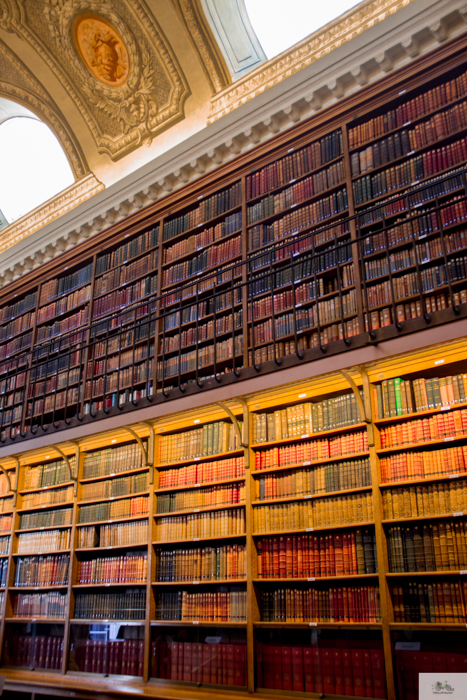
Around 1803, the ceiling of the gallery was decorated with twelve paintings representing the Signs of the Zodiac by Jordaens, which the artist had made for his home in Antwerp.
Soon after, the Luxembourg Palace was assigned as the Senate of the Third Republic. The decision was also taken in 1887 to transform the East Gallery into the library annex. The annex consists of two kilometers of oak shelving accessible by a wrought iron gallery, making space for the aforementioned hundreds of thousands of volumes.
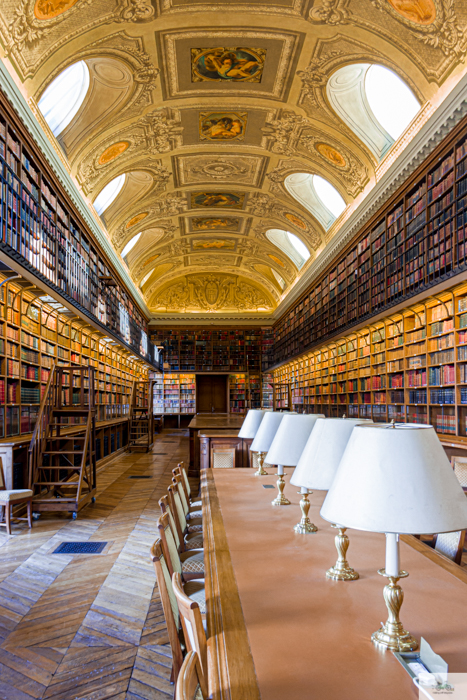
The next striking stop was the Salle des Conférences. Napoleon Bonaparte commissioned the ceiling paintings to convey the history of France, starting at the ends of the room and converging on Napoleon in the center of the room. This room is now used as a media reception room, and it is quite exquisite as media reception rooms go. It’s long and imposing, much like the library, with nearly floor-to-ceiling gold and those masterpieces depicting French history the whole length of the room.
La salle des conférences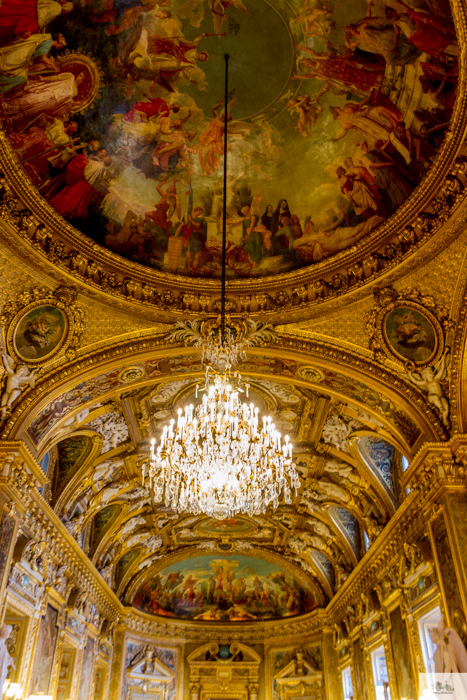
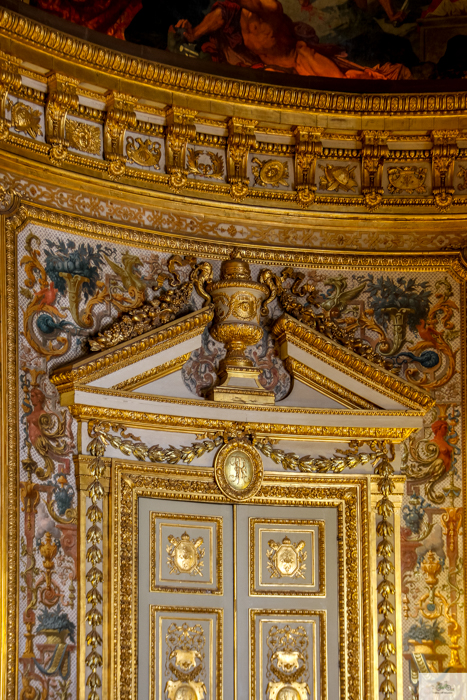
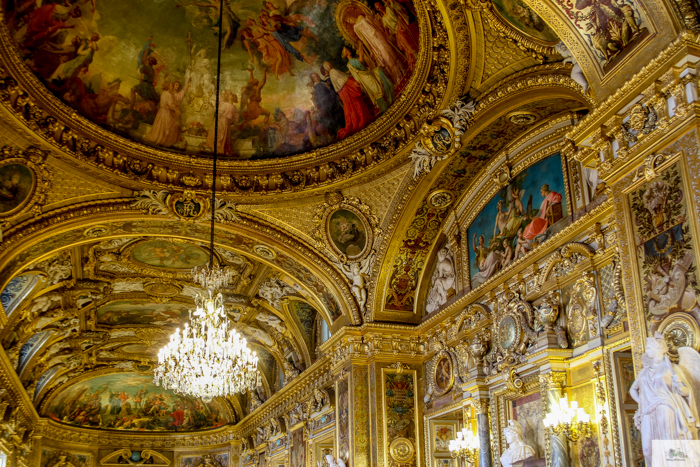
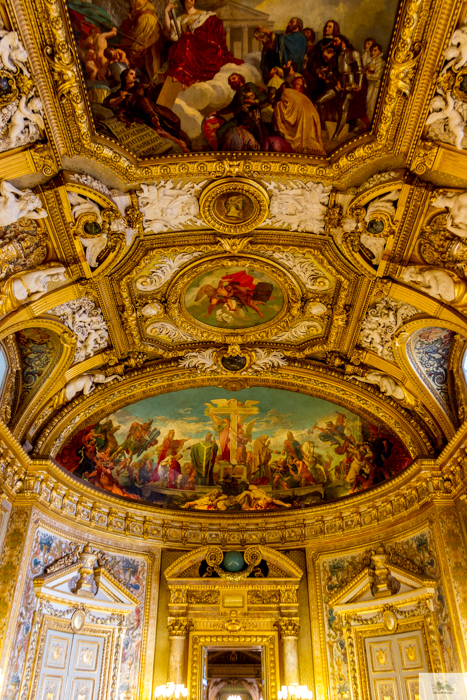
Our next stop was the Hemicycle, the room that looks the most like what you would imagine when you think of a space where the senate would convene. The Senate is one of two chambers in French Parliament responsible for making laws. It is said that “while the Assemblée Nationale represents la passion, the Sénat represents la raison” (reason).
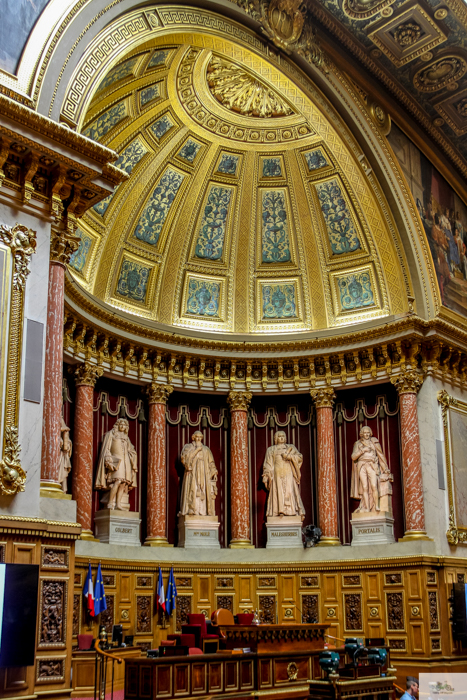
Fun Fact #2: The senate president is the second most important government official of the French Republic
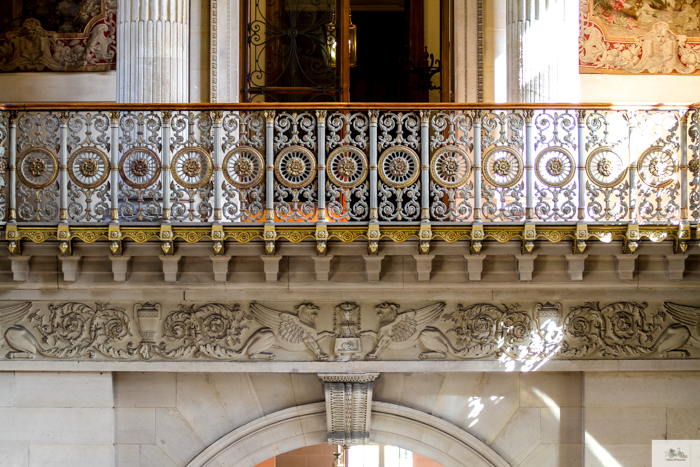
Of course there are many more rooms that are part of the visit of the Palais, but these are by far the most striking and the most interesting. I definitely recommend a visit to the Palais du Luxembourg, as it’s an extraordinary look inside the French legal system with unexpected twists of rich history, as well.
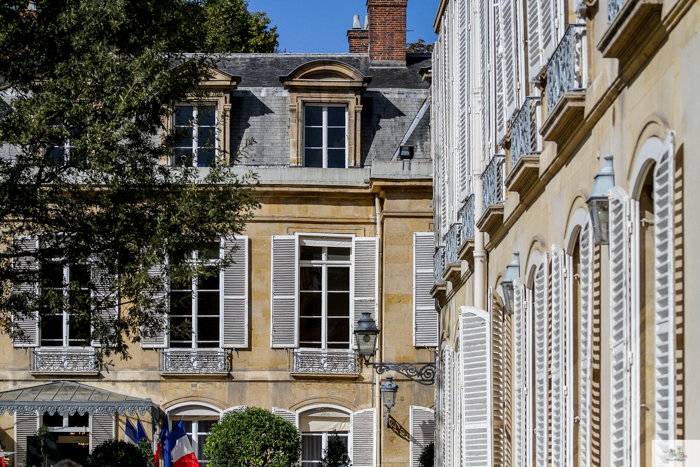
Read all about my Journées du Patrimoine weekend over on this post. There’s so much to see in Paris alone!





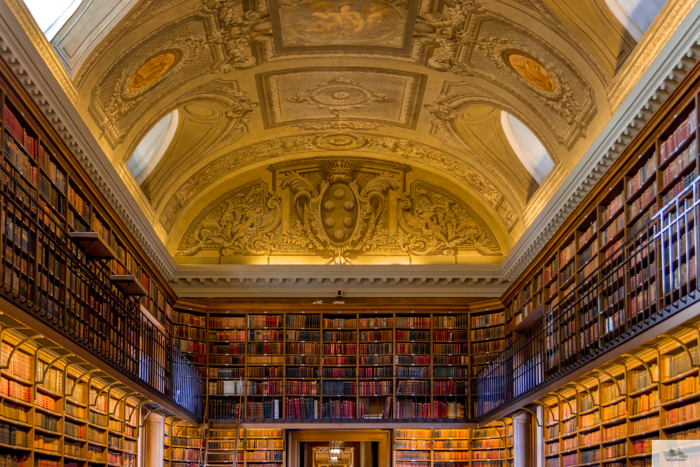
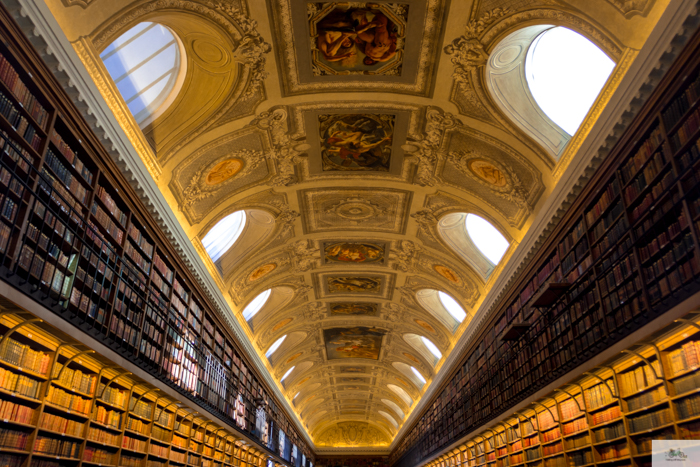
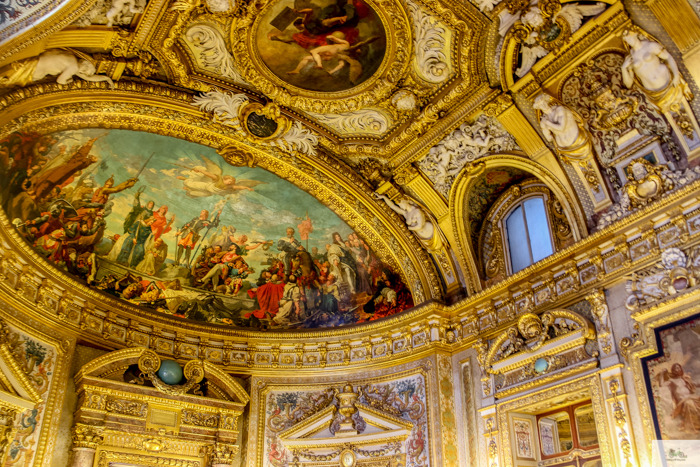
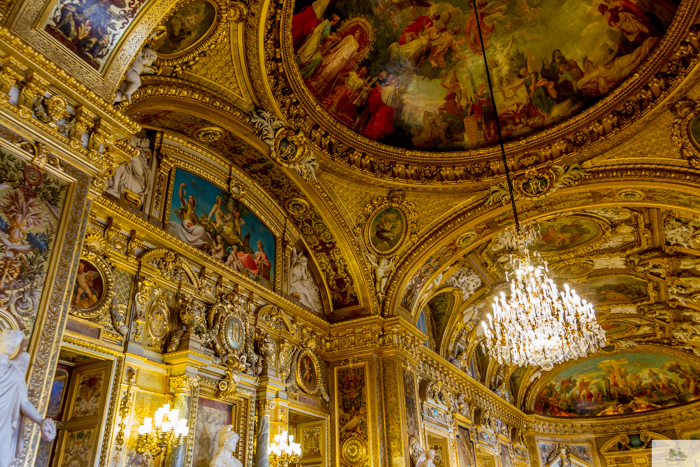
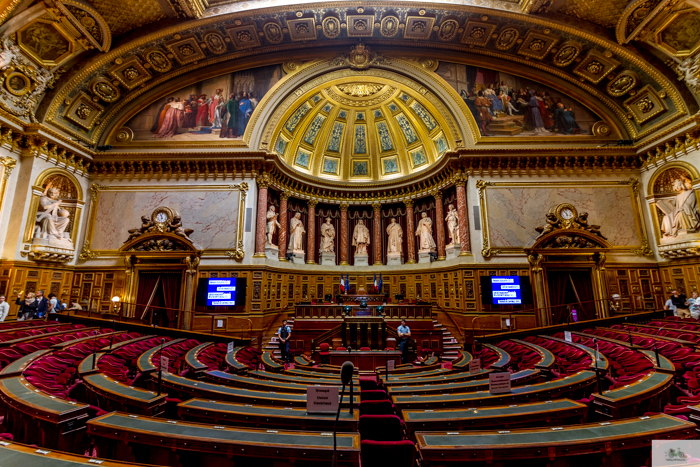






Comments